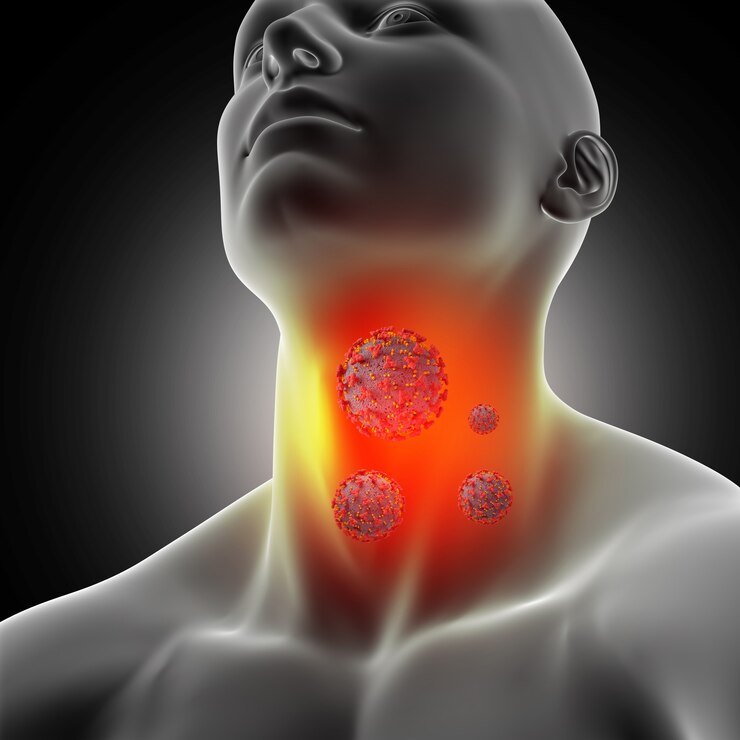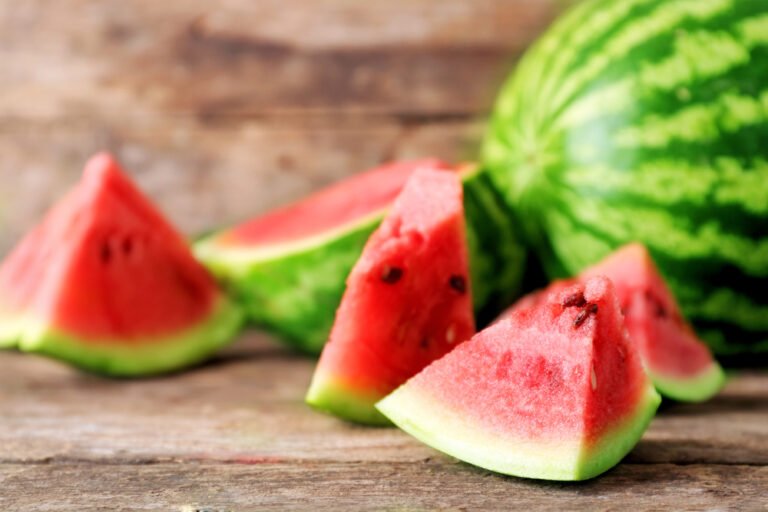The Thyroid Revolution: How to Live a Healthier Life
The thyroid is the butterfly-shaped gland at the base of the neck in the front of the trachea (windpipe) and larynx (voice box). This anterior gland comprises two types of cells 1) follicle cells – responsible for producing thyroid hormones 2) Para follicle cells- responsible for producing calcitonin (responsible for calcium metabolism). The follicle cells produce T3 and T4 and these are the two major hormones, when secreted into the bloodstream then they regulate the body’s metabolism. When these hormones are secreted in excess then it leads to hyperthyroidism whereas, less or no secretion leads to hypothyroidism.
The most common reason behind having hyperthyroidism is a grave disease, in this, the autoimmune system of the body attacks the thyroid gland which leads to the over-secretion of thyroid hormone. On the other hand, the most common reason behind hypothyroidism is Hashimoto’s disease, in this autoimmune system of the body produces antibodies that attack the healthy tissues resulting in the inability of the hormone gland to produce hormones at all.

HOW IT CAN BE CURED WITH AYURVEDA?
To cure hyperthyroidism- eat cauliflower, cabbage, broccoli, wheat, rice and ghee. Use only Himalayan salt that to in moderate amounts. On the other hand, to cure hypothyroidism do not consume vegetables like cauliflower, cabbage, or foods that are heavy to digest rather consume flaxseeds, ginger, coconut moringa, old rice, and ghee.
Herbs that can be relied upon:
- Brahmi– as it has cooling potency it helps balance the pitta and curing hyperthyroidism. But should be avoided by the person with hypothyroidism
- Ashwagandha– it’s a big no-no for the person with hyperthyroidism and it may lead to disturbing the gland to a further extent. At the same time, a person with hypothyroidism can consume it.

ASANAS AND PRANAYAM FOR THYROID
ASANAS
For hyperthyroidism– halasana, urdhav dhanurasana, Matsya asana, Janu shirshshasana, marjaryasana, noka asana, ustraasana, apsra asana
For hypothyrodism– halasana. Urdhav dhanurasana, Matsya asana, janu shirshasana, marjaryasana, noka asana, bhujang asana, ustrasana, apsara asana
Pranayama is common for both hyper and hypothyroidism:
- Kapalbhati- For this, sit calmly with your spine straight. Now focus on your diaphragm and just do 5o strokes not more than that. This shatkarma will help you to calm your body and mind
- Anuloma vilom
- Ujjayi pranayama
- Bhramari
THINGS TO BE KEPT IN MIND WHILE TREATING THYROID
Hyperthyroidism- avoid, dairy (except ghee) and iodized salt, beverages with caffeine, alcohol, and coconut (because it is a great source of iodine)
Hypothyroidism- avoid food that is on the heavier side and difficult to digest, cruciferous vegetables, cereals with gluten, surgery food, alcohol, and beverages with caffeine.

CONCLUSION
Yoga and Ayurveda are not ways of curing any disease only rather it is ways of living, it is a well-defined lifestyle in themselves. Try to fix the time you eat keeping a check on your eating habits and the patterns you follow. Before consuming anything make sure you know about its potency. Because if you have the problem of hyperthyroidism food with hot potency is not good for you and things we consume in general ( with the notion of being healthy and good for health are not really good as per one’s problem like coconut water, being rich in iodine it affect hyperthyroidism person’s health in a bad way).
Make sure to add desi ghee to your diet as it will help to balance the overall health of the body. But if blood pressure is also your concern, then consume ghee in the daytime and avoid eating in the latter half of the day. The same goes for the salt. No salt after sunset (at least you can try). Take good care of your health. I hope this write-up may help you to maintain good health and lifestyle for yourself.
By: Sarabjet Mehla





